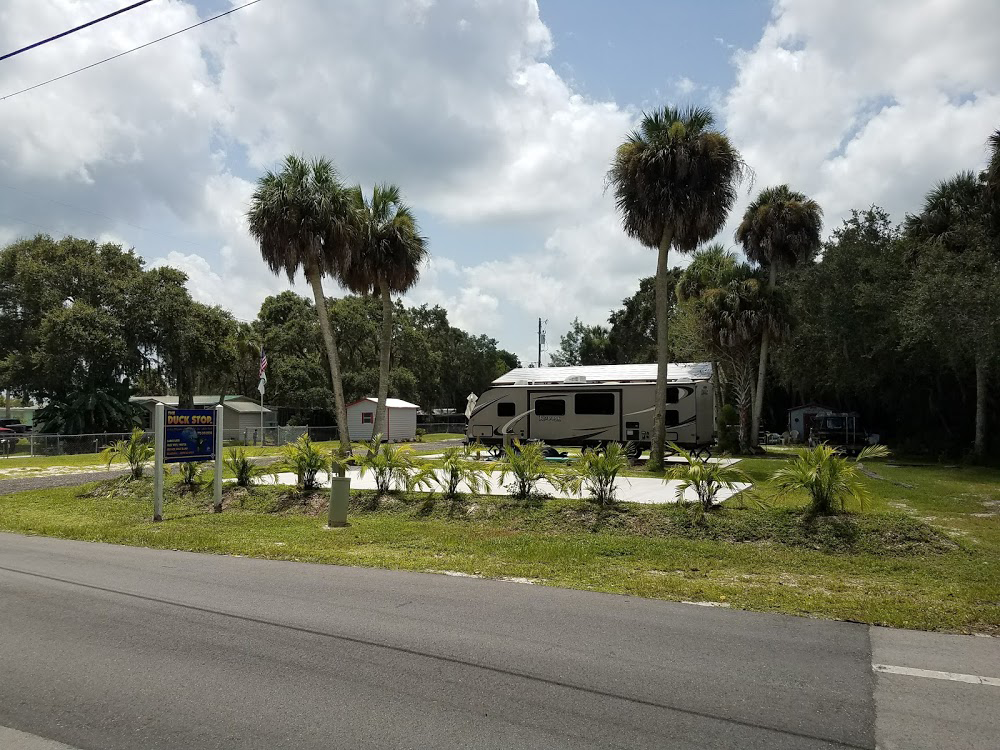
However, white settlers continued to appropriate land, including tracts in and near the future site of Lock Haven, not covered by the treaty. With the signing of the first Treaty of Fort Stanwix in 1768, the British gained control from the Iroquois of lands south of the West Branch. Modern county borders are shown for orientation. Map of fortifications and streams in north-central Pennsylvania during the Big Runaway. By 1763, the Munsee had abandoned their island villages and other villages in the area. During the French and Indian War (1754–63), colonial militiamen on the Kittanning Expedition destroyed Munsee property on the Great Island and along the West Branch. Four Indian trails, the Great Island Path, the Great Shamokin Path, the Bald Eagle Creek Path, and the Sinnemahoning Path, crossed the island, and a fifth, Logan's Path, met Bald Eagle Creek Path a few miles upstream near the mouth of Fishing Creek.

Indian settlements in the area included three Munsee villages on the 325-acre (1.32 km 2) Great Island in the West Branch Susquehanna River at the mouth of Bald Eagle Creek. In the early 18th century, a tribal confederacy known as the Six Nations of the Iroquois, headquartered in New York, ruled the Indian (Native American) tribes of Pennsylvania, including those who lived near what would become Lock Haven. First contact with Europeans occurred in Pennsylvania between 15 CE. Prehistoric cultural periods over that span included the Middle Archaic starting at 6500 BCE the Late Archaic starting at 3000 BCE the Early Woodland starting at 1000 BCE the Middle Woodland starting at 0 CE and the Late Woodland starting at 900 CE. Archeological discoveries at the Memorial Park Site 36Cn164 near the confluence of the West Branch Susquehanna River and Bald Eagle Creek collectively span about 8,000 years and represent every major prehistoric period from the Middle Archaic to the Late Woodland period. Fluted point spearheads from this era, known as the Paleo-Indian Period, have been found in most parts of the state. The earliest settlers in Pennsylvania arrived from Asia between 12000 BCE and 8000 BCE, when the glaciers of the Pleistocene Ice Age were receding.

Located near the confluence of the West Branch Susquehanna River and Bald Eagle Creek, it is the principal city of the Lock Haven Micropolitan Statistical Area, itself part of the Williamsport–Lock Haven combined statistical area.

Lock Haven is the county seat of Clinton County, in the U.S.


 0 kommentar(er)
0 kommentar(er)
